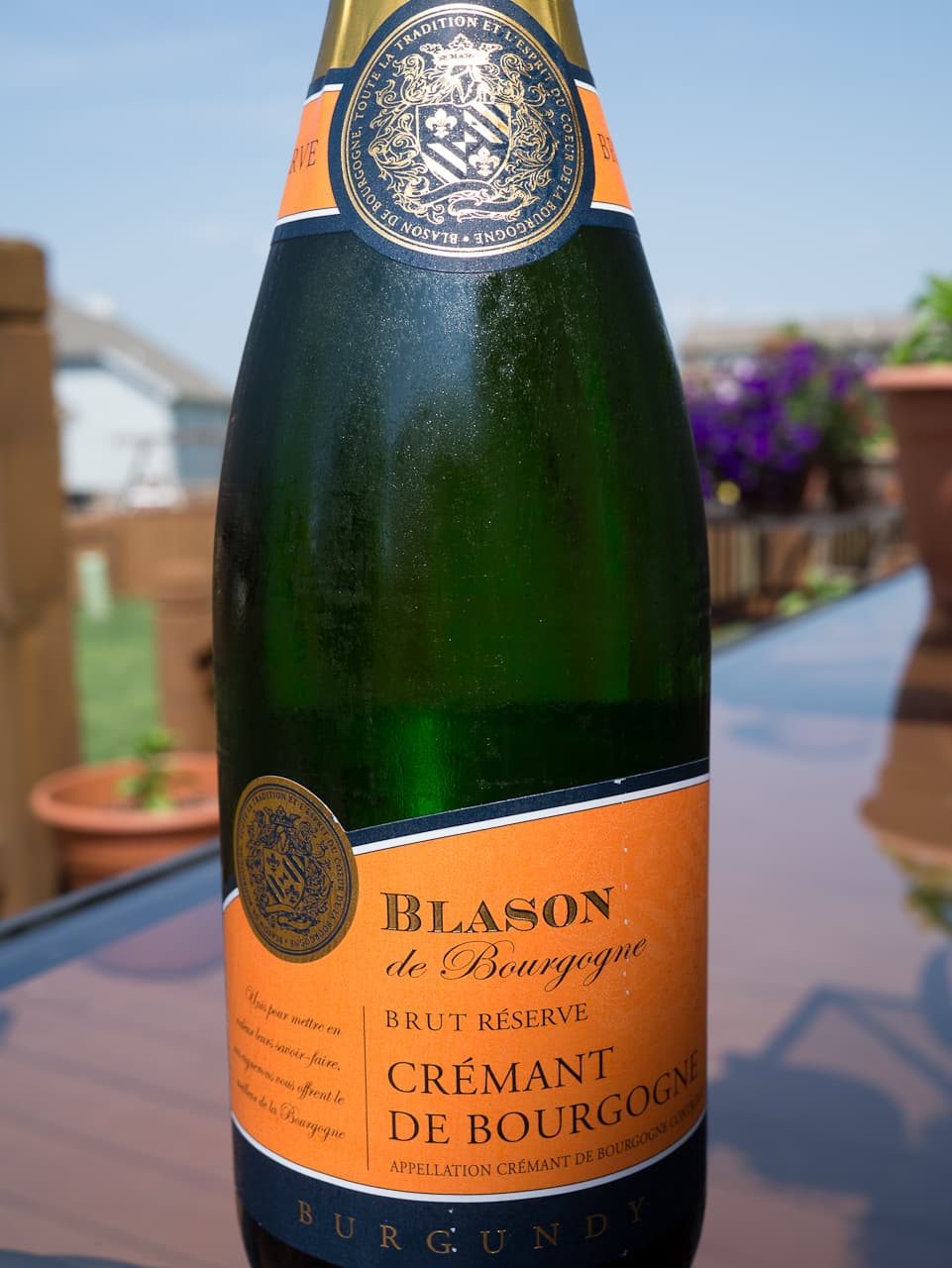Champagne
 |
Champagne is a sparkling wine produced in France according to a set of strict rules developed over time and now governed by the Appellation d'origine contrôlée (or AOC). While many sparkling wines produced outside of France are labeled as Champagne, true Champagne is produced in the Champagne region of France and must utilize the méthode champenoise production process.
The méthode champenoise process introduces a secondary fermentation in the bottle after the primary fermentation and blending are accomplished. Some yeast and sugar are added to the bottle (which has still wine in it at this point) and the bottle is capped and racked. Over time the yeast consumes the sugar and creates CO2 which carbonates the wine.
The wine is left to age on the lees (the inactive yeast sediment). At this point the lees have settled down by the cork as the bottle is being stored upside down. The lees are removed through a process called disgorgement where the neck of the bottle is frozen and a small ice plug is removed without the loss of too much Champagne.
Champagne has varying levels of sweetness ranging from sweetest to driest:
- Doux (sweet)
- Demi-sec (half dry)
- Sec (dry)
- Extra Sec (extra dry)
- Brut
- Extra Brut
- Brut Nature
Crémant is a French sparkling wine not produced outside of the Champagne region. It is produced using traditional methods governed by the AOC and must be aged a minimum of one year.
There are seven appellations in France including Bourgogne, Alsace, Limoux and the Loire. I have found Crémant to be a very good value in comparison to Champagne which starts at $40 a bottle.
| Proof | 24 (12%) |